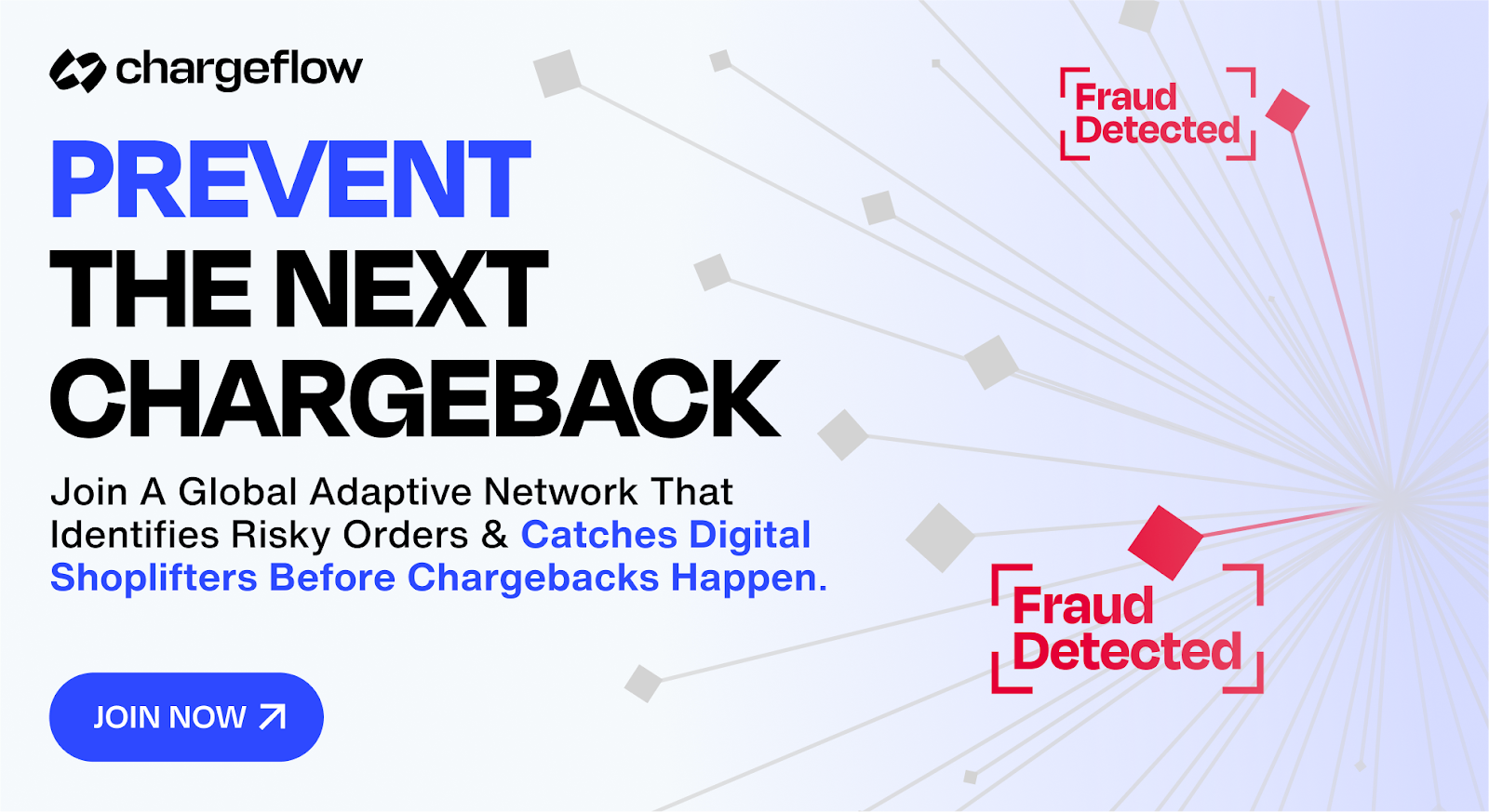Seed Your Holiday Buyers
🥰 Why now is the time to launch trials before BFCM, and more!
Welcome to a space where every edition delivers insights, strategies, and inspiration to fuel your advertising brilliance. 🤯
🥰 Seed Your Holiday Buyers
Black Friday is less than two months away, and most brands are gearing up to drop aggressive discounts. But here’s the truth: lowering price is the easiest lever and the least defensible. The smarter lever is lowering friction. Minis and trials are the quietest way to pre-sell your holiday pipeline, but only if you build them with the right guardrails.
Why Minis Work in BFCM Context
- Friction removal: A $10–$15 mini feels like no-risk exploration compared to a $60+ hero SKU. Customers take a step without feeling they’re committing much.
- Confidence builder: By November, they’ve already tried the product and validated quality. The BFCM offer feels less like a gamble and more like a scale-up.
- Proof generator: Every trial is a chance to collect fresh UGC, testimonials, and reviews that amplify trust exactly when competition peaks.
This turns minis into a funnel accelerant. Customers think they’re buying small, but you’re seeding a full pipeline for your bundles and premium SKUs come BFCM.
The Loopholes, and How to Solve Them
- Low Margin Trap: Minis can bleed cash if COGS and fulfillment costs are high. Solution: price minis to at least breakeven and offset with shipping charges, or credit mini cost toward full-size purchases to accelerate payback.
- Cannibalization Risk: If the mini is too good, some buyers won’t upgrade. Solution: engineer “teaser” versions, limited supply, smaller packaging, or reduced features, that hint at the full experience without replacing it.
- Timing Gap: Minis launched too close to BFCM don’t leave enough time for reviews and retargeting flows. Solution: release trials at least 4–6 weeks pre-BFCM, so testimonial cycles and warm audiences are ready when your biggest offers go live.
- Brand Positioning Clash: Minis can cheapen premium positioning if they feel like freebies. Solution: frame them as “discovery kits” or “intro collections” with aspirational branding and packaging. Make the mini look intentional, not an afterthought.
- Cashflow Mismatch: If you need payback instantly, minis may not fit. Solution: use hybrid plays: bundle upsells at checkout (“Apply your $15 mini toward the $60 full-size today”) so some conversions happen immediately while the rest compound during BFCM.
Execution Blueprint for BFCM
- Offer design: Price minis between impulse-friendly and value-protecting ($10–$20). Position them as “risk-free discovery” and creditable toward bigger orders.
- Automations: Trigger review capture 7 days post-delivery; retarget mini buyers with “Loved the mini? Here’s your full-size deal” creatives.
- Creative strategy: Showcase social proof from trial buyers in your November ad stack. Minis create the UGC you’ll desperately need when attention costs spike.
- Bundle tie-in: During BFCM, run bundles explicitly referencing the mini experience (“Upgrade from the discovery set to the holiday gift set”).
Why This Strategy Wins
Most brands will shout louder on BFCM with bigger discounts. You’ll enter with proof in hand, buyers already warmed, and an audience segment pre-trained to upgrade.
The mini is not just a product; it’s a psychological bridge. In the customer’s head, they’ve only taken a small step. In reality, you’ve engineered the path that leads them straight to your full-priced bundles.
That’s how you make BFCM predictable: by selling small now to win big later.
Together with Chargeflow
Stop Digital Shoplifters Before They Hit Your Margin

A big order lands. Your team ships fast. Days later, a “friendly” chargeback hits, and you lose the product, the shipping cost, and the sale. That’s digital shoplifting, and it’s draining eCommerce profits every single day.
Most fraud tools quit at checkout. The real leak happens after payment, fake returns, serial refund claims, and stolen cards that pass initial checks. Each one slices into profit and eats hours in disputes.
Chargeflow Prevent is your shortcut:
- Slash chargebacks by up to 90% so cash stays where it belongs.
- Intercept fraud before fulfillment with AI tuned to under 0.1% false positives, real customers glide through.
- Trusted at scale, protecting over $5 billion in GMV across more than 15,000 merchants.
Picture your team shipping with zero doubt and your margin line staying clean. No late-night dispute fights. Just confident growth.
Get your first 1,000 transactions screened free. Each hour you wait is profit a fraudster could steal!
🎥Reel of the Day

What Works and Insights:
✅ What Works
1. Storytelling through Time Jumps - By intercutting present-day trunk sharing with wedding footage, the reel compresses years of meaning into seconds. This time-bridge makes the product feel like a vessel for legacy, not just storage. Brands can use archival cuts or past moments to elevate products from functional to emotional anchors.
2. Specificity Creates Universality - “The Walkers,” engraved lock, July 5, 2015, these hyper-specific details actually broaden relatability because viewers map their own names, dates, and milestones onto the story. Brands can lean into ultra-specific storytelling that lets customers mentally substitute themselves.
3. Subtlety Signals Premium - No overt sales pitch, no trend-chasing edits, just slow, gentle storytelling with tasteful product shots. This restraint codes the product as timeless and premium, in contrast to flashy reels that feel disposable. For luxury or heirloom-driven brands, slower pacing and minimalism sell permanence.
This reel stands out because it proves emotional resonance outperforms feature dumps. By treating the product as a bridge between life stages, Petite Keep taps nostalgia, legacy, and family identity, all far stronger than utility.
Thanks for reading this edition! Keep pushing boundaries, testing ideas, and staying inspired. See you in the next edition with more ways to ignite your marketing success. 🥰